![]()
Rich, buttery anti-aliasing, smoother than a 120fps animation, projected onto a 16K screen with minimal input lag. Go on; you can melt at the thought, no one will judge you. No one’s watching. Let it wash over you, the ecstasy of crisp textures mapped over high-polygon-count models with physical material mapping, accentuated with exquisite ambient occlusion for a touch of class. These are the things that make life more pleasing, what keeps us happy in our darkest periods, and what we most desire on a carnal, banal level. Graphics, my dear reader. That is what we crave.
For the most part, people don’t think of graphics as the BIG part of any game. It might be a stand-out looker, but plenty of people will pick “the game over graphics”. Now, I’m just putting it out there, but the graphics are part of what makes the game, inseparable from the game as a whole. In fact, graphics are so integral to game design that poor graphics don’t just look bad; they can hinder the game’s flow. This is mainly because video games are built off of graphics, and we’ve come a long way since the days of CRTs and pixellated aliens.
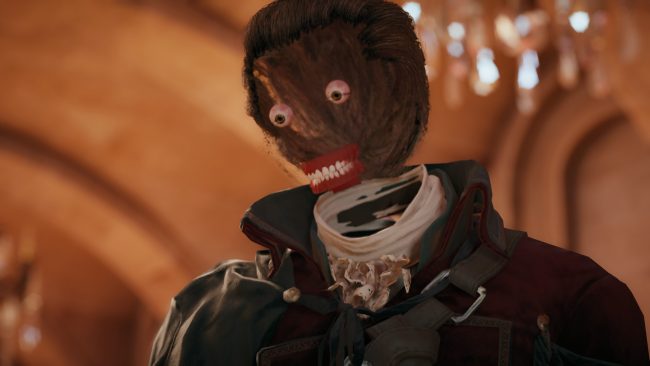
Let us all shed a collective tear in the name of progress.
Graphics have been an integral part of games before video games were even a thing. In fact, graphics have played such a foundational role in video games that the earliest games were designed around them. I mean… They’re called video games, after all. It’s not like there’s a great deal of ambiguity regarding how visual they’d be. Of course, how accurate those visuals are to real life is another story, and history paints/renders a delightful picture of how graphical design has evolved.
In the early days, when the number of pixels on a screen was comparable to how many marriages you’d been through in the last six months, games couldn’t splurge. Pong effectively consisted of 6 objects on the screen, and Asteroids was far from a realistic spacefaring romp, but both conveyed information well. In Pong, you knew what your score was, where the ball was and where your paddles were. Asteroids made it easy to identify where the edges of asteroids were thanks to its line-ey nature. Both of these utilised the limited space they could use in the name of intuitive design, a common theme to most early games. As games began growing feet to stand on, new pieces of graphical design started creeping into the foray.
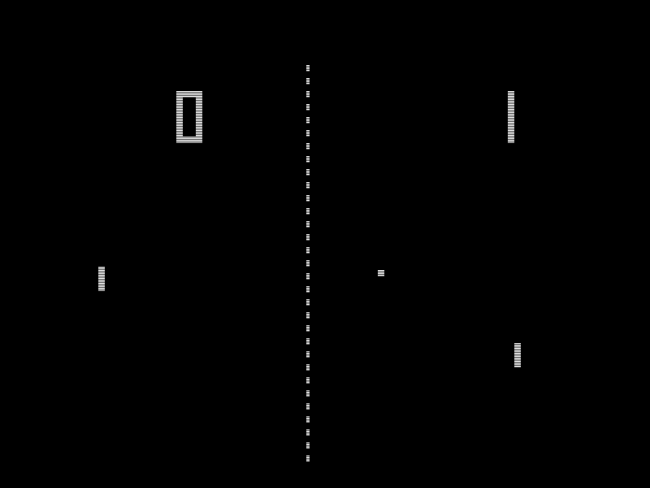
Utterly revolutionary
Through the ‘80s, video games learned that colour was both rad and/or tubular. Donkey Kong and Pac-Man were still barebones representations of events, but games like Double Dragon and Street Fighter started utilising the power of their beefy GPU’s. Their UI was still clear, but their fidelity was well beyond the days of the Atari. Fine graphics allowed games to play around with subtle visual cues, such as lighting, to convey information. Then the ‘90s hit, and 3D graphics shook the gaming world over the proverbial 2D toilet and took its lunch money for some extra polygons. Graphics had to compensate for player-controlled cameras, which either went well or catastrophically. Then came the ‘00s, and things got a tad crazy.
Technology hit a point where almost anything could be put on-screen if you tried hard enough. Shadow of the Colossus tore our concepts of scale into atomised fluff, and pretty much anything involving Square Enix was getting so cinematic, Hollywood was jealous. However, graphical design had started to entrench itself into well-tested and well-proven styles. Now that we’re in the ‘10s, very little is changing from a graphical standpoint. Genres typically reuse the same UI’s that have been tried and tested from 20 years ago, and you’d be hard pressed to find a MOBA that hasn’t stolen one part of its graphical design from another. One thing is clear, though: Everyone has an opinion on the HUD, and developers are becoming more confident using entirely in-game cues to inform the player instead of an overlay. Graphics are integral to video games as we know them because they pretty much define them, so it’s hardly shocking that the role they play is crucial to the experience a video game provides.
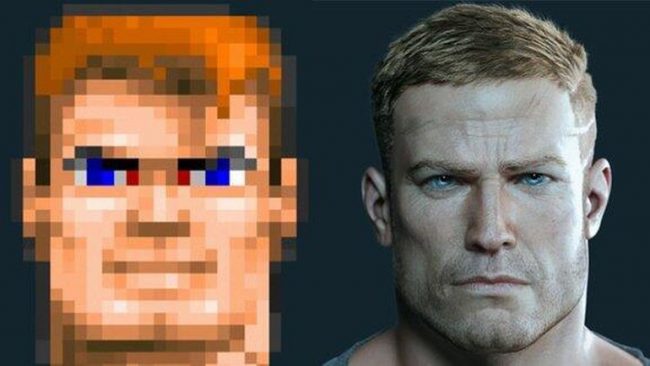
Admit it. The remake’s stare ain’t got nothing on ol’ Pixel-eyes McGee.
Graphics are used to achieve one goal: Conveying information. That information could be rules, circumstances, events, anything that would be relevant to the system that game is trying to cultivate. Sure, it helps if the game looks shiny or retro, but without a GUI, games would be as much fun as my 7 am colonoscopy. Much like the freezing cold tube that will be thoroughly shoved through my intestines, a lot of effort needs to go into the implementation of these interfaces. It’s not enough to put a number on a screen and expect the player to notice it, let alone react to it in a meaningful way. Thankfully, we humans have adapted to be excellent at everything visual (except the blind, but they won’t read this).
We – not the royal we, the humanity we, the one that includes you, you are not a dog, stop saying that – are visual creatures. Almost every facet of our society is based on the assumption that we see things, like stop signs, flashing lights or dank memes. Our bodies react strongly to visual cues, like fainting at the sight of blood, and games hinge on this sensory dominance for conveying information. Sound is also used to create cues in games, but nothing beats seeing explosions on the screen to tell you that you’re dangerously close to becoming the wrong end of a human centipede. Our reliance on graphics is only half the story, though, since we still need to interpret what we see.
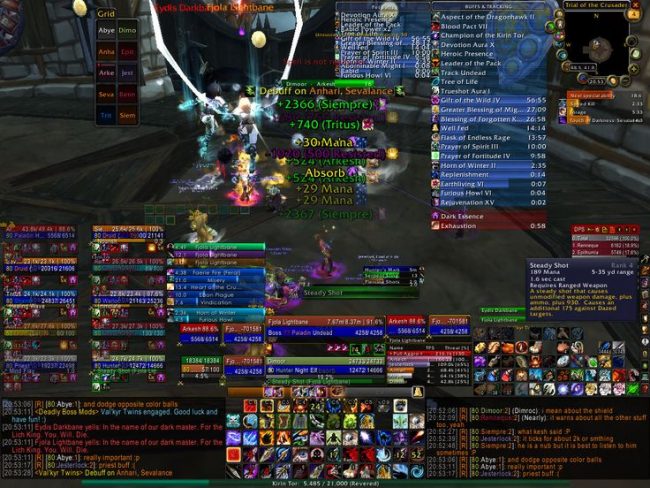
Intuitive. Clean. Readable. Sleek. Brisk. Harrowing.
A game could have the sickest, phattest bump mapping this side of a real-time rendered location of your choice (and who says I waste my readers’ time?), but it’s for nought if the player can’t decode it. For example, The Chronicles of Riddick: Escape From Butcher Bay employed hard lighting which made the stealth aspects easy to digest. There was no fuzzy boundary between shadow and light, so you could easily tell where you could hide. On the flip-side, trying to decode what’s going on in a game of Master of Orion 3 is like understanding why AM radio still exists. The most egregious cases, like Castlevania 64 and… Look, let’s not make both our days awful by naming them, but these games can offer absolutely no graphical indication of what a player action had. Flip switch, nothing. Was that the right thing to do? Should I backtrack? Graphics provide an opportunity for intuitive design, that’s what they’re there for, but they’re even more fundamental than that.
By their video-ey nature, games require developers to be familiar with the limitations graphics present. If a player needs to react to something, it’s necessary to factor input lag into the development process. If the player needs to aim with a crosshair, someone has to say how many pixels that crosshair should take up, and that’s not even mentioning how well hitboxes match up to their visual models (SCREW YOU, FLAPPY BIRD). Fighting games are implementing locked framerates to aid in designing how long moves go for, where fighters will be in a given frame, etc. None of these issues would be relevant without graphics, and it just goes to show how utterly, tremendously and irrevocably fundamental graphics are in video games.
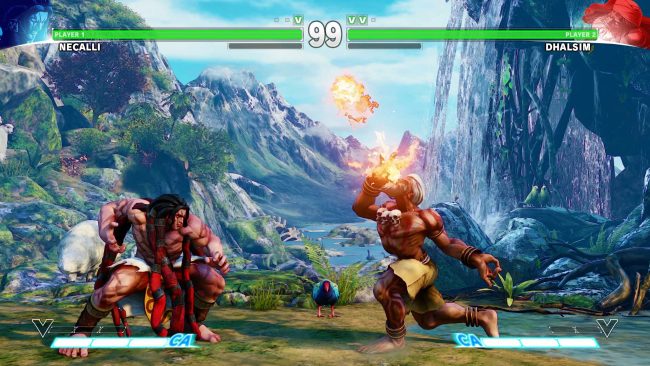
Yup. Graphics are inseperable from gameplay. Absolutely. 100%. We’re done here folks.
Well, I’m off to drink Ardbeg and sell my kidneys!
Without graphics, video games are borderline unplayable. Straddling this border, however, can yield a bountiful harvest of potential game ideas. To demonstrate this potential, all we need to do – this time it is the royal we, but I’m referencing you, ya lazy chapstick – is play Zork. Here is a game that came out well into the graphical age, but it was built upon a nuanced system that could quite reliably read text responses made by a player. Type in ‘west’, you go west. Type in ‘smash orc’s head with blunt sword’, you could potentially obliterate his cranium, but the system was obviously limited. The thing is, there was no GUI, and that’s what made it so good.
A GUI is suitable to convey information quickly and intuitively, but that’s not always the best approach to making a game. In Zork (seriously, play it), there’s a labyrinth that you must navigate without visual aid. There are maps of the maze that people have catalogued on the internet, but it’s difficult to convey how unintuitive the labyrinth is when you’re playing the game. You can head forward three times then backwards once and suddenly be at a dead end. It seems illogical, but that’s because you don’t have graphics to help you, so you legitimately feel like you’re in non-Euclidian space. It’s ingenious design and acts as the quintessential example of a fantastic video game that rejects graphics.
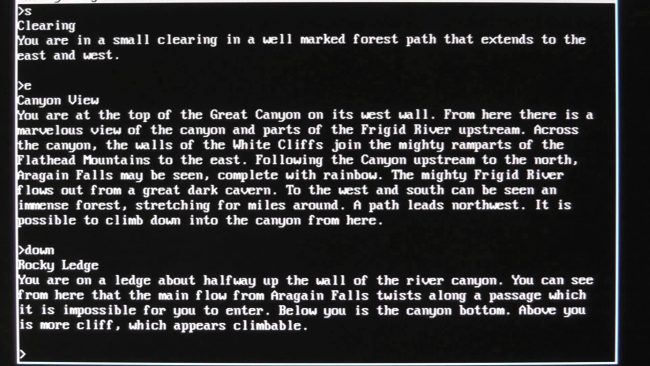
THE HELL ARE THESE SYMBOLS?! WHAT IS THIS CRYPTOGRAPHY!?
Going against 40 years of graphical development seems a monumental dick move, but that’s what Interactive Fiction is all about. Because Visual Novels have too much to look at, Interactive Fiction focuses on telling stories entirely through text, like a choose your own adventure book with more options. What’s so smart about leaving graphics to the pros is that logic can, seemingly, be thrown out the window in favour of strange puzzles and logical fallacies. You can’t make a colour in a game that appears to be every colour all at once, but you can in Interactive Fiction! This is not to say that graphics are unwanted, but sometimes being unconventional pays off.
Rejecting graphics is one thing, but using graphics as a mechanic is quite another. Any Super Smash Bros. fans probably know where I’m going with this, but taking away the visual elements of a game will significantly alter how players act. In Smash Bros (here it comes), getting a certain Pokémon can cause the screen to go black, effectively forcing players to git gud by playing through memory. For most novices, this can be a horrific experience, but to the top-tier Fox players, it’s a chance to eff shit up. The same idea drives flash grenades in games like Counter-Strike and Call of Duty. By utilising graphics as a modifiable variable to a match, it adds more variety and flavour to the game, but why stop there?

Good throw, dickweed.
As someone who is in the privileged position to test out all sorts of games with little to no negative repercussions apart from slipping grades, graphics-based mechanics are becoming more common. At PAX last year, I played a game named Kieru that forced players to move around in 3D space and contrast the background to their opponent to see them. Earlier this year, Projection was on show at a Playup Perth, and it involved the player using shadows as solid objects to surmount obstacles. It’s unique and exciting takes on the medium like these that make thinking about how graphics feed into gameplay so relevant. Graphics are, after all, part of the core of what makes video games what they are, and playing around with how that information is conveyed can make for great experiences. That, and purty pictures.
Perhaps the most defining feature of video games, graphics are foundational to the experiences we have come to love. It can be easy to get caught up in the purely aesthetic joy of modern games, but challenging the basic tropes of GUI’s and graphics as a whole can lead to excellent games. Even after 40 years, there’s still room for games to mess around with how we see the game world, how information is conveyed to us and how it’s hidden from us. If you don’t care, that’s fine, just lie back and let the rubbery satisfaction of particle effects swim up into you, stroking the part of your mind that knows what it wants to see.











